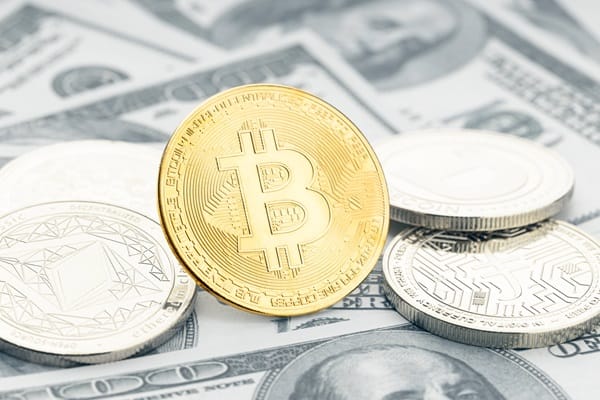Bussiness
Impact of the Fed Reserve’s decision on Bitcoin prices – London Business News | Londonlovesbusiness.com

The recent decision by the Federal Reserve to cut interest rates by 50 basis points has led to a significant increase in Bitcoin’s value.
Following this announcement, the cryptocurrency surged by more than 6%, reaching an intraday high of $63,800 on September 19, 2024.
This rise temporarily broke the price range between $50,000 and $60,000, raising expectations for the possibility of a sustained bullish trend in the market.
This rate cut marks the beginning of a monetary easing cycle, the first since the pandemic.
The measure has boosted demand for higher-risk assets, such as Bitcoin, which traditionally benefit from low interest rate environments.
Investors seeking protection against the devaluation of fiat currencies have turned to cryptocurrency as an alternative investment. However, the asset’s volatility and ongoing economic uncertainties remain a concern.
Despite the initial optimism, medium- and long-term projections are not entirely encouraging. The Federal Reserve has indicated that interest rates will remain elevated in these timeframes, which could dampen enthusiasm for risk assets. Although Bitcoin has shown strong resilience following periods of uncertainty, its behavior in this new monetary policy context still raises questions among analysts.
Another factor limiting Bitcoin’s long-term outlook is the regulatory environment. In recent months, authorities have intensified their scrutiny of cryptocurrencies, which could lead to new restrictions that negatively impact its price. Proposed regulations aim to control the use of cryptocurrencies in illicit activities and ensure greater transparency, but they could also discourage some institutional and retail investors.
Finally, there has been a noticeable decline in retail investor interest, which used to be a significant driver of the cryptocurrency market. Global economic turbulence and increased competition from more stable cryptocurrencies have created a more complex scenario for Bitcoin. Without strong retail demand, the cryptocurrency may struggle to maintain its current momentum despite the low-interest-rate environment.
In conclusion, the recent surge in Bitcoin’s price, driven by the Federal Reserve’s decision to cut interest rates, is a clear example of how monetary policy affects risk assets. However, regulatory challenges, projections of high long-term interest rates, and declining retail investor interest raise uncertainties about the sustainability of this bullish trend. Bitcoin remains a volatile asset, with potential ups and downs influenced by global economic factors and shifts in investor sentiment.










